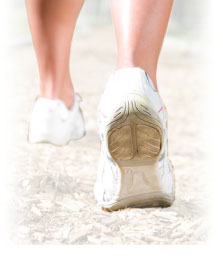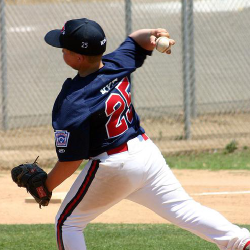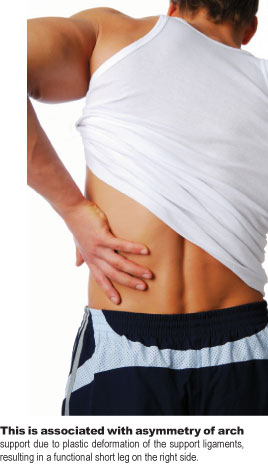I am always trying to bring in new products and services to expand my practice, but it is difficult to know what will work and what will not. What are some things that I should be aware of before bringing new products and services into my office that will help me understand my rate of return on my investment of time and money?
That’s a great question. Interestingly enough, there was a similar question addressed in our advice column in the May issue of The American Chiropractor. First, it is important to determine if the products and services are reimbursable by third-parties, such as insurance carriers. If so, then what about the insurance carriers that YOU participate with? Once you have this information, the next step is to know the most commonly billed diagnosis of your patients, to see if the products and services are a good fit for your patient profile. The diagnosis of your patient will affect which products and services will be best, while the insurance reimbursement lets you know which of those products and services will be most profitable for you.
Keep in mind, when bringing a new product or service into your office, there are certain criteria that you have to look at, such as: the cost, amount of time to perform service, and any legal ramifications. You must check with CPT Coders and your Healthcare Attorney if you have any issues or concerns.
A lot of chiropractors have nutritional supplements in their office, but how can you be sure that you have chosen the right one? When was the last time you had your practice analyzed by an independent nutritional expert? There are nutritionists that will analyze your nutritional products at no or low cost and they will tell you which products work best for your patient demographic. The different types of products include weight loss, cartilage, antioxidants and energy drinks. It’s great to keep the products in the waiting room for the patients to sample. There is a unique energy drink that I have personally tried that has a liquid vitamin in it as well. There is a sugar free version of this energy drink that is great for diabetic patients as well as weight challenged patients.
Also, understand your patients’ needs. When was the last time you did a survey in your office to identify some of the needs and wants that your patients have? Assessments are very easy to develop, low cost, and provide great results. We provide these to our clients free of charge. Give us a call if you are interested.
Lisa Goldberg is the executive director of Physicians Choice Concierge (PCC), a company specializing in revenue enhancement. If you have a question you’d like Lisa to answer in an upcoming issue, email [email protected] or call1-888-369-2224 for a personal consultation.


 Dr. John J. Danchik, the seventh inductee to the ACA Sports Hall of Fame, is a clinical professor at Tufts University Medical School and formerly chaired the U.S. Olympic Committee’s Chiropractic Selection Program. Dr. Danchik lectures on current trends in sports chiropractic and rehabilitation.
Dr. John J. Danchik, the seventh inductee to the ACA Sports Hall of Fame, is a clinical professor at Tufts University Medical School and formerly chaired the U.S. Olympic Committee’s Chiropractic Selection Program. Dr. Danchik lectures on current trends in sports chiropractic and rehabilitation.


 A 1980 graduate of Palmer College of Chiropractic, Dr. Kirk Lee is a member of the Palmer College of Chiropractic Post Graduate Faculty and Parker College of Chiropractic Post Graduate Faculty. He has lectured nationwide on sports injuries and the adolescent athlete, and currently practices in Albion, Michigan
A 1980 graduate of Palmer College of Chiropractic, Dr. Kirk Lee is a member of the Palmer College of Chiropractic Post Graduate Faculty and Parker College of Chiropractic Post Graduate Faculty. He has lectured nationwide on sports injuries and the adolescent athlete, and currently practices in Albion, Michigan
 The world of marketing is changing. It is not the same as five years ago, ten years ago, or even one year ago. Because of this, it is imperative for us to begin to look at all of our marketing efforts and avenues, and make changes accordingly. Change should be made not only in the way we target potential patients, but how we continually market to those potential patients.
The world of marketing is changing. It is not the same as five years ago, ten years ago, or even one year ago. Because of this, it is imperative for us to begin to look at all of our marketing efforts and avenues, and make changes accordingly. Change should be made not only in the way we target potential patients, but how we continually market to those potential patients. 

